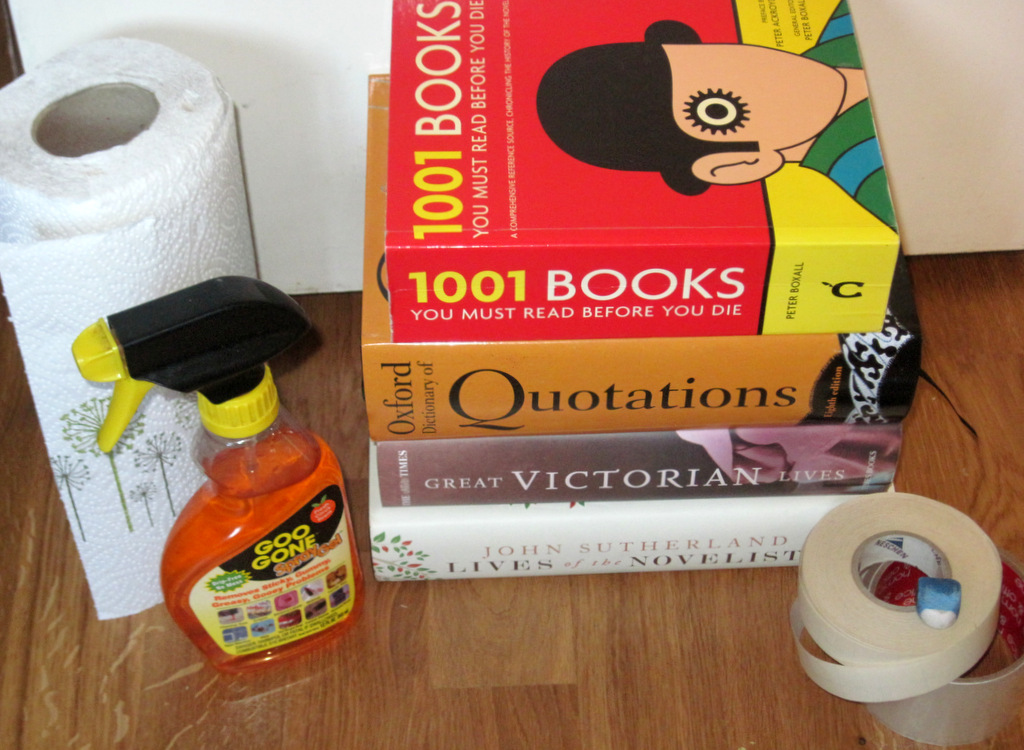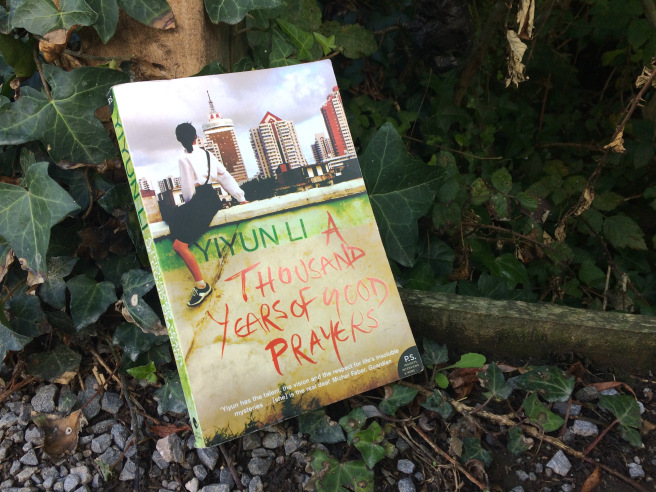I’ll always remember a moment in fifth grade when I returned a book I’d borrowed to a classmate at the lunch table. It was one of those Griffin and Sabine-type books with lots of paper flaps and pull-out envelopes, and as she looked it over she marveled, “Rebecca always returns my books in better condition than when I lent them to her.” I still pride myself on how I care for physical books. I don’t write in them (except to correct errors), dog-ear pages, or break the spines if I can possibly help it, and I’ve been known to unfold pages and/or reshelve books correctly while browsing in a library or secondhand bookshop.
During the 5+ years I was a library assistant in London, my all-time favorite task was repairing books. Eventually I ended up as the repairs coordinator for our site, doing most of the day-to-day repairs and running training sessions for new hires. Repairing books felt a lot like arts and crafts and thus was fundamentally different from any of our other work, which generally involved computers, customers, or heavy lifting. And it was hardly costly: apart from special book-friendly glue and tape, the only supplies were paintbrushes, rubber bands and scrap paper. The most high-tech we got was photocopying missing pages from another copy of a book and cutting them to size so they could be inserted to fill the gap.
I later did a summer placement in the Special Collections division, where we never repaired the rare books ourselves. Those were all seen to by off-site specialists – for a pretty penny, so we only sent a few at a time as the budget allowed. I wouldn’t attempt to fix an ailing antiquarian hardback myself (though a friend once got me a copy of The Care and Feeding of Books Old and New: A Simple Repair Manual for Book Lovers to thank me for being a bridesmaid in her wedding – it’s currently in a box in America), but I often do minor cleaning and sprucing up on the secondhand books I purchase.
Here’s my makeshift toolkit:

(Step one, though – which just requires fingers – is unfolding any dog-eared or otherwise crinkled pages.)
An eraser: I erase stray marks and (sometimes) previous prices from inside the front cover.
Goo Gone: Do you know about this amazing American cleaning product?! It completely removes the remnants of price labels and anything else persistently sticky, and smells pleasantly of orange oil.
Paper towels: A damp paper towel is all that’s necessary for removing coffee rings and other dubious substances from a book’s cover.
Clear tape: I don’t own the library-approved brand (Scotch Book Tape), but for patching small tears on paperback covers or holding the spines of hardback cookbooks together, this Poundland purchase does the job.
Translucent mending tape (acid-free filmoplast) for using inside books: I found out about this through my library repair work. It’s sticky on one side and either glossy or matte on the other; you can see the printed words through it. I use this for repairing torn pages and reaffixing detached paperback covers. It’s made by Neschen and Gresswell, and can be purchased on Amazon.
Heavy books: I get out a weighty stack for flattening a book that has curly, water-damaged pages or a creased cover.
Things that can’t be fixed – or at least I have no idea how to fix them: A persistent cigarette or mold smell; booklice; foxing (the brown specks that form along a text block); greasy fingerprint stains on a text block or matte cover.
Are you happy to take your secondhand books as they come, or do you also try to rehabilitate them in some way? I don’t mind minor signs that a book has been pre-owned and loved, such as a previous owner’s name written inside the cover, a very few underlines or marginalia in pencil, or a left-behind bookmark or other memento, but I do prefer not to see the remnants of what they were snacking on as they read…
Advertisements Share this:- Something Different





